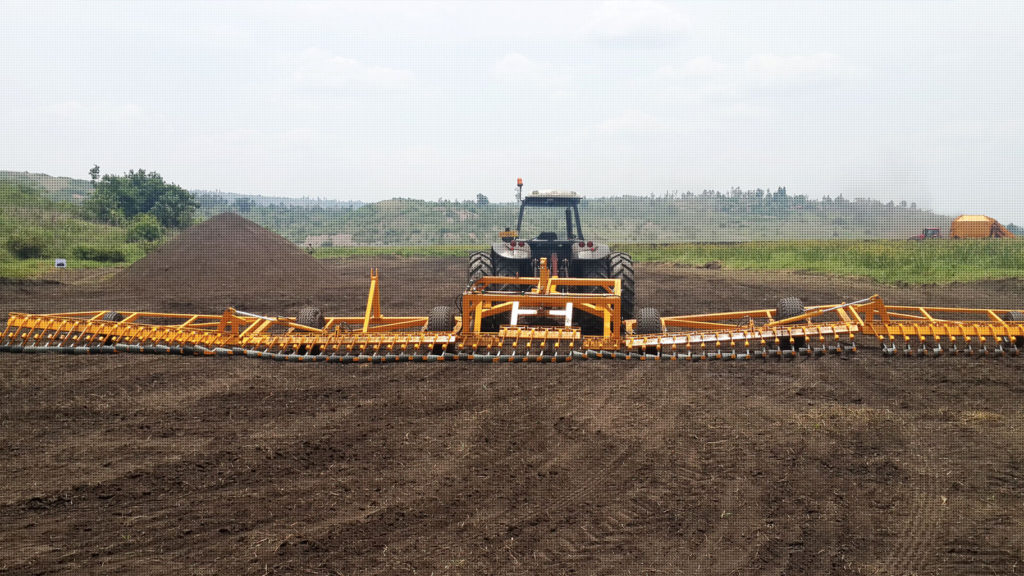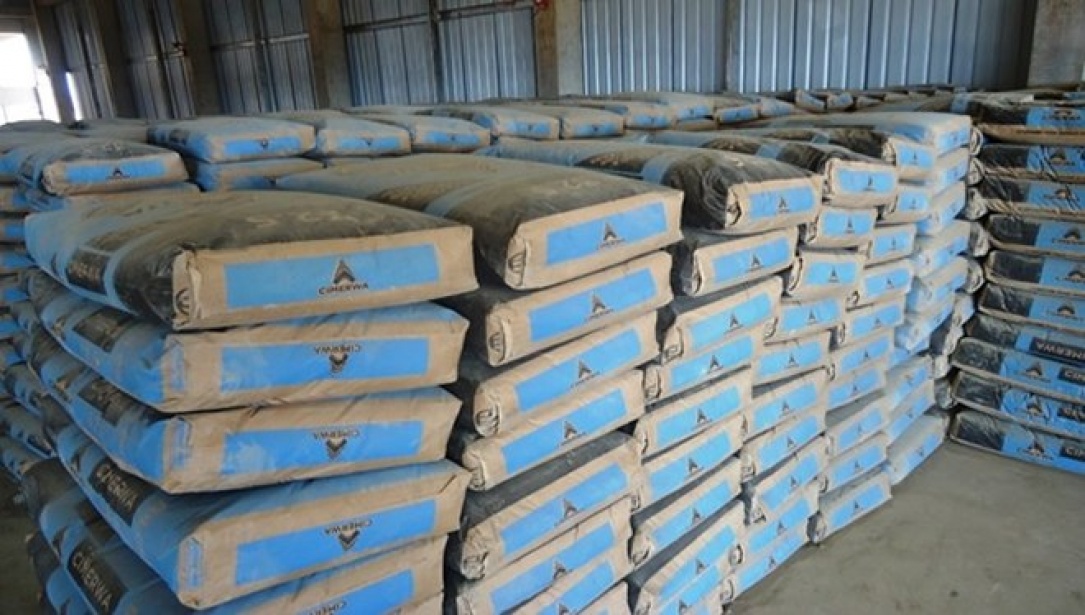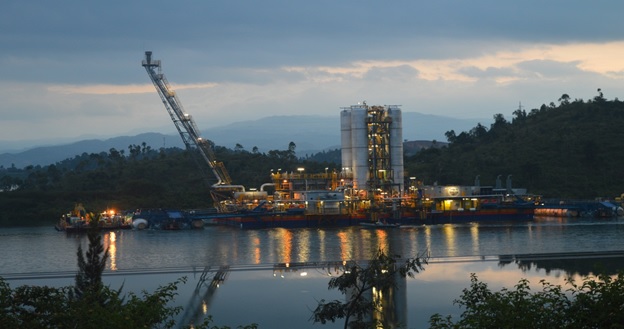CURRENT INVESTMENT
Peat Production

About the Project
What is peat
Peat is a partially carbonized decayed vegetable matter that forms in wetlands and is saturated with water. It is a slowly renewable biomass fuel created under specific conditions of water logging, lack of oxygen or nutrients, high acidity and/or low temperatures.
Peat is a sedentarily accumulated material consisting of dead organic material and has been used as a fuel in many countries for a long time. Peat is the earliest stage in the formation of coal. Peat is mostly used as heating energy source.
Where is peat found in Rwanda ?
Rwanda has estimated national reserves of approximately 2.6 billion tons of wet peat, which if fully exploited can provide sufficient energy for many of the country’s needs for several years to come.
The peat reserve in Rwanda is estimated to 155milion of meter cube. There are large quantities of naturally occurring peat in Western and Southern province. Large reserves have been confirmed in Gishoma, Busoro, Akanyaru, Akagera-Nyabarongo, to mention but a few.
Available peat quality
The peat quality varies by location. Good peat bogs like Gishoma & Busoro have:
- High carbon content (hence good heat properties)
- High calorific content (avg 16 -18 MJ/kg); similar to fuel wood
- Low sulphur (less environmental pollution
Peat production Process
The sod peat produced at Gishoma is bio-peat and involves the following process, after the preparation of the peat bogs for milling;
- Lifting: Sod peat is milled from the production area at a depth of 30-50 cm using a sod peat loader with a lifting plate fitted with cutting blades. The lifting machine macerates the peat with its screw gear and compresses and shapes it through its nozzles into sods, which are left on the field to dry. The sods are cylinders 40-70 mm in diameter with a moisture content of over 80% at this time.
- Drying: The sods are then dried for 2 weeks, during which time they turned over 1-2 times by the local unskilled labor. The aim is to decrease the moisture of the sods to around 35%.
- Loading: The sods are then loaded by a sod peat loader onto a tractor-towed trailer and then piled into stocks by the road side using an excavator to further reduce absorption of moisture. The sod peat is then transported to CIMERWA Ltd. where it’s filtered for impurities, crushed into powder and mixed with HFO for combustion.
Other information
A good source of energy
Through careful environmental analysis and cost effective production techniques, PEC Ltd. is able to provide a cheap, accessible and reliable source of energy fuel to its customers for the long term, as opposed to the costly and environmentally degrading Heavy Fuel Oils (HFO) and wood fuel that most industries and individuals respectively, rely on for operation.
Company has so far invested $3 million in sod peat production at Gishoma, mainly providing sod peat for CIMERWA’s current cement plant.
Capacity
Currently, PEC is able to produce 26 000 tons of sod peat per annum.
Interested!
Have a look on Similar Case Studies

CIMERWA
About the PROJECT RIG Ltd acquired 90{3ee54dd4fd180472948e6398443af3544534f519935cadd955f840fc85713d10} shares in CIMERWA in the year 2006 and
